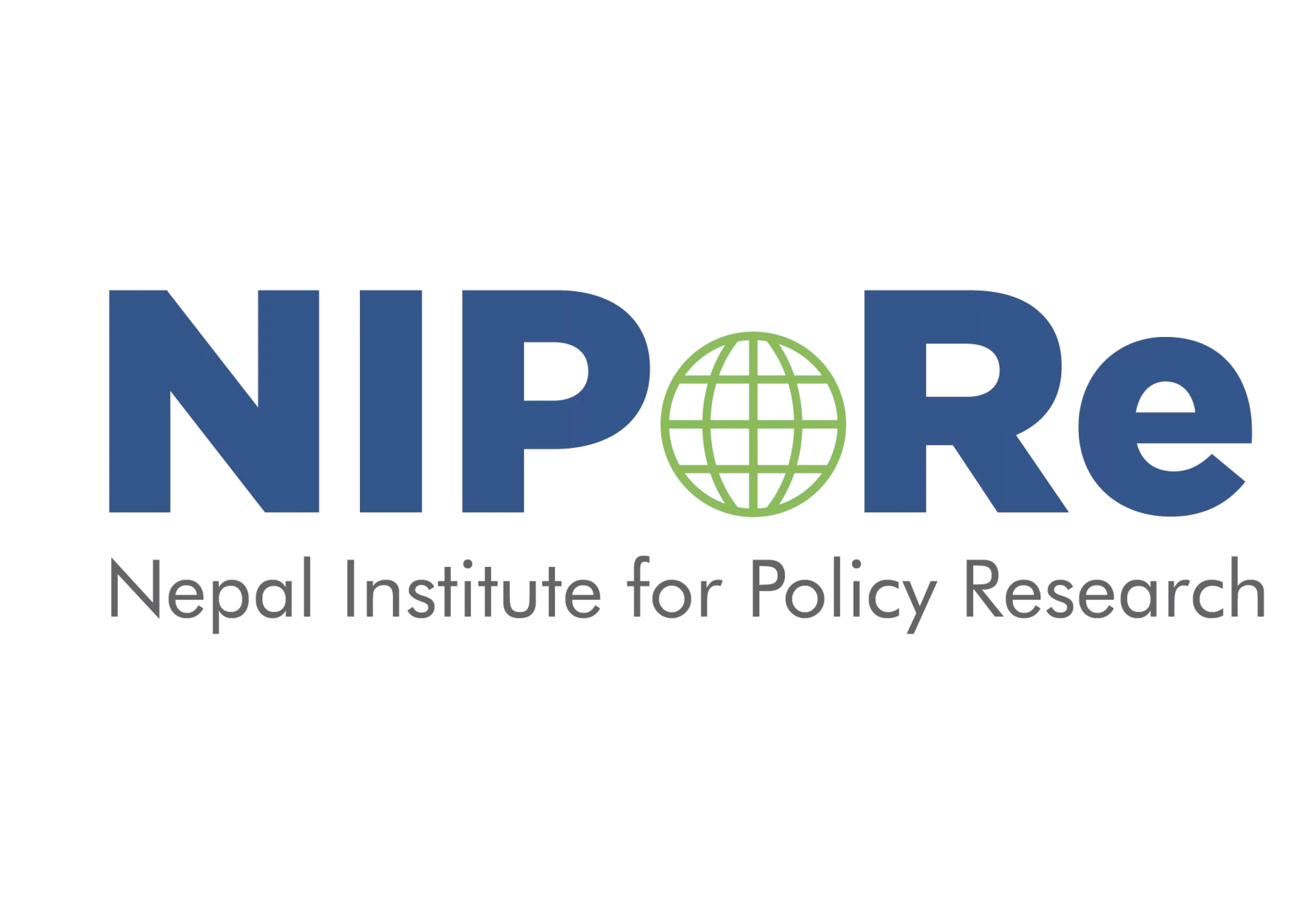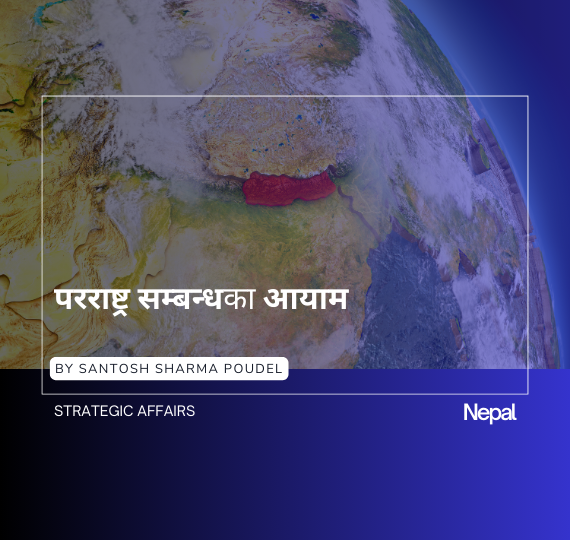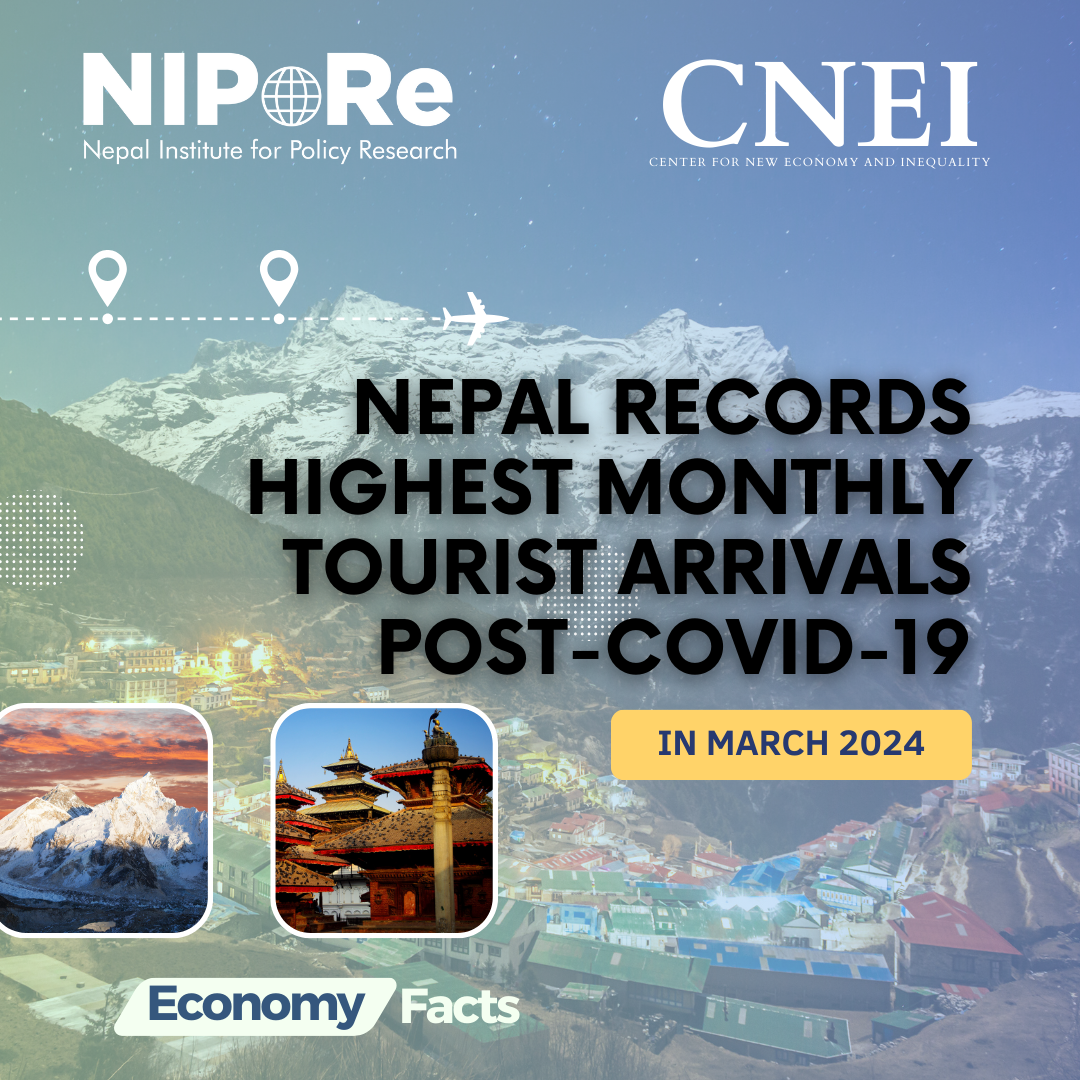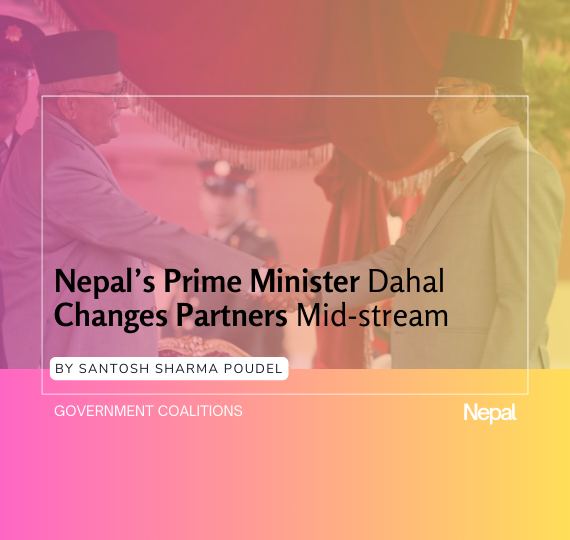Synopsis
The last decade saw an unprecedented rise in major social media platforms. There is no doubt that these platforms have enabled people across the globe to (re) connect with their families and friends. However, from the online advertisement perspective, these platforms have given birth to a new form of discrimination based on users’ gender, age, qualification, profession, and nationality among others. This commentary discusses Facebook’s prevalent Advertising Policies and the platform’s key ad optimization tools to check whether ads delivered through Facebook discriminates audiences. It also identifies few unintended consequences of ad optimization works on firms, and on individuals.
Introduction
With the recent developments in information and communication technologies, firms are able to track users’ online preferences and their behaviors. Moreover, available internet and social media tools enable firms to discover people’s personal details and employ online advertising with more precision for the targeted audiences. While this strategy, in general, is extremely beneficial for the firms, it need not yield desired benefits for the consumers. In recent years, Facebook has been at the center of this debate due to the platform’s controversial and ambiguous ad delivery provisions.
The Case of Ad Optimization on Facebook
A study has found Facebook’s proven roles in skewed outcomes from ads (related to the US housing and employment sectors) that run on this platform. The study specifically outlines three key areas in which Facebook is changing the way ads are delivered and thus yielding more skewed outcomes as compared to the traditional media. They include – Facebook does not allow advertisers to purposefully promote ads to a wide and diverse audience, Facebook strictly limits an individual’s ability to see ads that otherwise are not targeted at him/her, and finally Facebook possess sole power to do public interest scrutiny of results of online ads. Furthermore, ProPublica has also exposed earlier on how Facebook allowed advertisers to restrict citizens representing black, Hispanic, and other “ethnic affinities” from seeing ads.
Facebook has revised the platform’s ads policies and tools, time and again (For example, you can refer to Facebook’s 2016 updates and 2017 updates), to minimize Ads optimization options. In addition, the company has incorporated a separate section (Discriminatory Practices) under its main Advertising Policies document to address some of the controversial issues related to discriminatory ads delivery mechanisms. However, Facebook still allows firms to optimize their Ads unless those contents violate (the) platform’s terms while creating an audience. Many still doubt, and some of them have written about it, if Facebook’s updates are effective at addressing the issues as platform’s existing ad algorithm automatically employes discriminatory practices even when it’s not told to.
Facebook Ad Optimization – How It Works?
One can easily create a Facebook Ad in just a few steps. According to Facebook, one needs to follow seven steps to create an Ad on (the) firm’s online platform – Choose your objective, select your audience, decide where to run you ad, Set your budget, Pick a format, Place your order, and finally Measure and manage your ad.
Five of these seven steps pose least risks in terms of ad optimization. The two steps that have long been sources of major controversies for Facebook are – Select your audience (Step 2) and decide where to run your ad (Step 3). These two tools allow advertisers to optimize their ads as much as they want and build a desired audience to run their ads for. Out of them, Step 2 is more controversial than the Step 3 as the latter step only allows advertisers to optimize ads in limited ways. In fact, Step 3 allows a firm to decide on where to run its ads – either on Facebook Family’s all platforms or only one or few of them. Moreover, this option also allows the firm to ensure company’s ads run on specific mobile devices only.
For the purpose of this commentary, I created an experimental ad to check through all the major steps that are involved while creating an ad using Facebook’s available online tools.
The first step in this process is to identify appropriate contents as per a firm’s specific objectives. For example, earlier I had the following options to select from for Step 1.

Photo 1: Options for a business page to create and optimize ads for different purposes (Source: Facebook)
As discussed, the Step 2 is the most comprehensive and complex step among all other steps as it helps a firm to optimize the ad delivery mechanism as much as possible. I selected “Promote Your Page” in Step 1. For Step 2, I needed to work on the following contents (to select an audience):

Photo 2: Facebook’s default ad optimization tool for “Promote Your Page” Option (Source: Facebook)
As highlighted in the Photo 2, I could optimize an audience based on geography, age, budget and duration of the ad. In terms of geography, Facebook allows a firm to run its ads across a specific area [either a city or a precise area (within the radius range of 1 – 50 miles)]. For age specifications, a firm can customize an audience by selecting an age range that spans between the age of 13 and 65+ years. The overall duration of the ad would depend on the available budget. Depending upon the budget, an advertiser can choose a convenient ad-run period [range: day(s) – year(s)].
If the advertiser is not happy with the optimization tools available in Photo 2, he/she can choose to create an entirely new audience by setting own criteria using gender, age and geography factors as indicated in Photo 3. Moreover, the firm can either include or exclude an audience by using hundreds of criteria listed under three sections namely user demographics, their interests and behaviors. Each of these sections has sub-sections and sub-categories that conveniently helps the firm to work on further optimization of ads (Photo 4). The key sub-sections under there section are listed below:
- Demographics: Education, Financial, Life Events, Parents, Relationship, and Work
- Interests: Business and industry, Entertainment, Family and relationships, Fitness and wellness, Food and drink, Hobbies and activities, Shopping and fashion, Sports and outdoors, and Technology
- Behaviors: Anniversary, Consumer classification, Digital activities, Expats, Mobile Device user, Mobile Device user/Device use time, Multicultural Affinity, Politics (US), Purchase behavior, Ramadan (Month), Soccer, Travel, and one more category with name “More Categories” that is available for special firms only

Photo 3: Gender, Age and Geography tools for creating an optimized audience for Facebook ads (Source: Facebook)

Photo 4: Additional filters (Human Demographics, Interests and Behaviors) for creating an even better targeted ads (Source: Facebook)
The basic idea of the Step 2 is to work on all available ad optimization tools to design an audience (either a specific or a broad) that best suits the company’s advertising targets. Whether a firm has been able to achieve its audience specifications (with red color indicating more specific audience and the yellow color notifying of more general audience) is indicated by the digital indicator in Photos 3 and 4.
Potential Unintended Consequences of Ad Optimization
During my experiment with the “Experiment Group” (an audience that I have created for the purpose of this commentary) using the Facebook Ad tools, I could either include or exclude an individual from my targeted audience. From my experiment, I can clearly think of a professional (and firm), who has more knowledge of marketing and ad optimization, can deliberately create ads that discriminate against people based on hundreds of criteria. As these criteria not only incorporate people’s geography, gender, age and financial statuses into the Facebook ad optimization tools but also factors that define key human behaviors. From a public policy perspective, I don’t think the frequent and intentional use of these forms of ads would ever support concerned governments in meeting goals of the latter’s major positive discrimination policies and initiatives.
At first, it may seem quite natural and cost-effective for a firm to optimize its ads on Facebook (and on any other online platforms) to ensure that (a) company’s all ad spending yield best results. However, segregation of users using diverse criteria could result in disadvantages too, for the users and advertisers alike – though the overall costs for the firms will be far lesser than those for the consumers.
The only major costs that the advertisers may have to compromise while optimizing ads would be to leave out some of the most genuine beneficiaries from the pool. For example, if a private firm based in Nepal’s Capital City (Kathmandu) optimizes company’s ad on Facebook by targeting ads for people in Kathmandu Valley only may misses all potential consumers from other major cities in Nepal and neighboring urban areas in India and in China. On the contrary, such consequences on users may go far beyond personal levels and can yield unintended outcomes in social, economic and political terms.
References
- Ali, M., Sapiezynski, P., Bogen, M., Korolova, A., Mislove, A., & Rieke, A. (2019). Discrimination through optimization: How Facebook’s ad delivery can lead to skewed outcomes. Proceedings of the ACM on Human-Computer Interaction 2019. Retrieved from https://arxiv.org/abs/1904.02095
- Andreou, A., Venkatadri, V., Goga, O., Gummadi, K. P., Loiseau, P., & Mislove, A. (2018). Investigating Ad Transparency Mechanisms in Social Media: A Case Study of Facebook’s Explanations. Network and Distributed Systems Security (NDSS) Symposium 2018 18-21 February 2018, San Diego, CA, USA. Retrieved from https://mislove.org/publications/Explanations-NDSS.pdf
- Angwin, J. & Parris Jr., T. (October 28, 2016). Facebook Lets Advertisers Exclude Users by Race. ProPublica Inc. Retrieved from www.propublica.org/article/facebook-lets-advertisers-exclude-users-by-race
- Facebook. (2019). Advertising Policies. Retrieved from www.facebook.com/policies/ads/
- Facebook. (2019). Facebook Ads. Retrieved from https://www.facebook.com/business/ads
- Facebook. (February 08, 2017). Improving Enforcement and Promoting Diversity: Updates to Ads Policies and Tools. Retrieved from https://newsroom.fb.com/news/2017/02/improving-enforcement-and-promoting-diversity-updates-to-ads-policies-and-tools/
- Facebook. (November 11, 2016). Improving Enforcement and Promoting Diversity: Updates to Ethnic Affinity Marketing. Retrieved from https://newsroom.fb.com/news/2016/11/updates-to-ethnic-affinity-marketing/
- Johnson, J. P. (2013). Targeted advertising and advertising avoidance. The RAND Journal of Economics, 44(1), 128–144. Retrieved from https://onlinelibrary.wiley.com/doi/abs/10.1111/1756-2171.12014
- Speicher, T., Ali, M., Venkatadri, G., Robeiro, F. N., Arvanitakis, G., Benevenuto, F., Gummadi, K. P., Loiseau, P., & Mislove, A. (2018). Potential for Discrimination in Online Targeted Advertising. Proceedings of Machine Learning Research 81:1–15, 2018. Retrieved from http://proceedings.mlr.press/v81/speicher18a/speicher18a.pdf
- Stied, M. (April 05, 2019). Facebook’s Ad Algorithm Discriminates Even When It’s Not Told To, Study Finds. New York Magazine. New York Media, LLC. Retrieved from http://nymag.com/intelligencer/2019/04/facebooks-ad-algorithm-is-a-fully-functional-racism-machine.html



